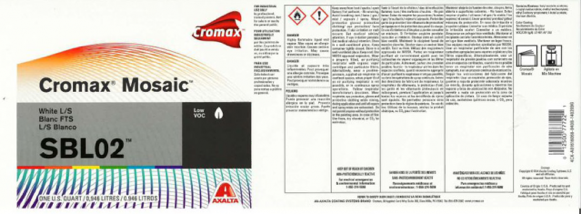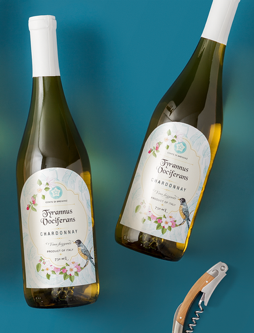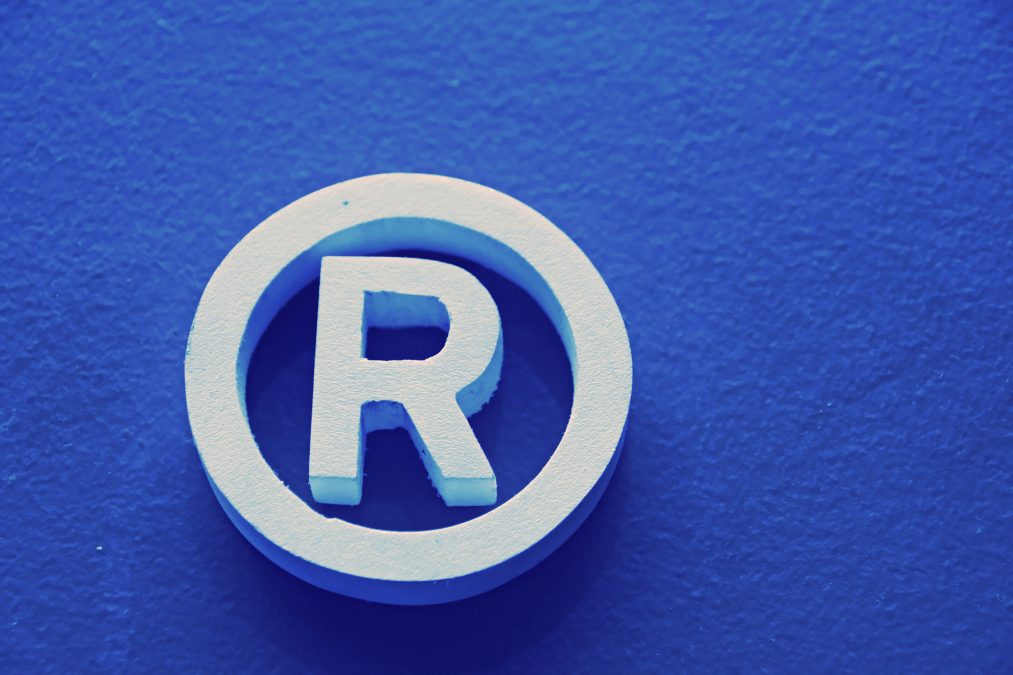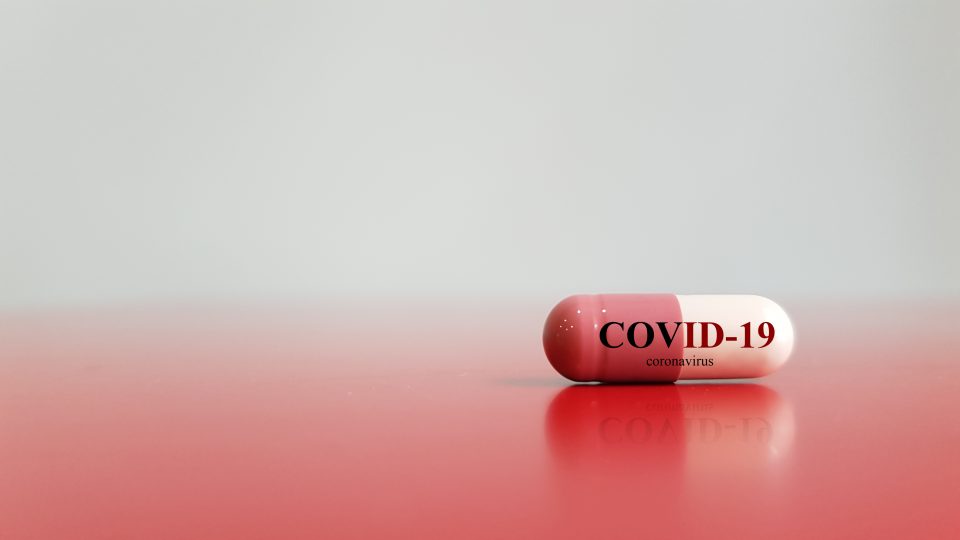Trademark Specimen Requirements to Demonstrate Use
By Elizabeth Lee D’Amore, March 2020
Generally, an applicant is required to submit to the United States Patent and Trademark Office (USPTO) evidence of use of the trademark in connection with the goods and services identified in a trademark application or in a trademark registration. In the USPTO, this evidence of use is called “Specimen” and are subject to specific rules. We will explore some of the rules for acceptable trademark specimens.
General
If the application is based on “use in commerce” or “intent to use”, the Applicant is required to submit a specimen. If the application is based on a foreign registration or filed under the Madrid Protocol, a specimen in not required.
A specimen is also required between the 5th and 6th year (Section 8 or 71 Declaration of Continued Use) after registration, and then every ten year (Renewal) from the registration date, during that tenth year, twentieth year and so on.
Where submission of a specimen is required, Applicant must submit a single specimen for each class of goods or services in the application/registration.
Specimen requirements
The USPTO provides rules and guidelines on the requirements for an acceptable specimen, and as of February 15, 2020, these rules have been amended in accordance with existing statutory requirements and precedential case law. A copy of the changes to the rules can be found here.
With respect to specimens for goods, the specimen must show actual use of the mark on the goods, on containers or packaging for the goods, on labels or tags affixed to the goods, or on displays associated with the goods.
With respect to specimens for services, the specimen must show a direct association between the mark and the services through use in the sale of the services, including use in the performance or rendering of the services, or in the advertising of the services.
An acceptable specimen must:
- Be a real example of how you use your trademark in commerce in providing your goods or services (not a mock up, printer’s proof, digitally altered image, rendering of intended packaging, or draft of a website that shows how your mark might appear).
- Show your trademark used with the goods or services listed in your application.
- Depict the same trademark as shown on your drawing.
- Show your use of your trademark (not use by someone else, such as press releases sent exclusively to news media).
- Be an appropriate type of specimen based on whether you have goods or services. For example, advertising material is an acceptable specimen for services, but not for goods.
- Show your trademark used in a way that directly associates the mark with the goods or services.
- Show your trademark used in a way that consumers would perceive it as a source indicator for the good or services in your application (it function as a trademark).
- Include the URL and date you accessed or printed the webpage in your submission.
Examples of acceptable specimens can be found in the USPTO website and for your convenience are provided below. These examples are acceptable for some, but not all, goods and services. Typically, a photograph, scanned copy, screen capture, or printout of physical specimen of use are electronically submitted.
Specimens for Goods
- The goods themselves: a photo showing your trademark on the bottom of a coffee mug or on the cover of a software instruction manual.
- Labels and tags for the goods: a photo showing your trademark on a label sewn on the neckband of a t-shirt, a photo of the goods showing your trademark on a label. A label or tag that is not shown physically attached to the goods may be accepted if, on its face, it clearly shows the mark in actual use in commerce. To clearly show actual use in commerce, the tag or label would, in addition to showing the mark, include informational matter that typically appears on a label in use in commerce for those types of goods such as net weight, volume, UPC bar codes, lists of contents or ingredients, or other information that is not part of the mark but provides information about the goods. See below examples provided by the USPTO[1]:



- Packaging for the goods: a photo showing your trademark on a laundry detergent box.
- Sales displays where the goods are sold: a photo of a counter display showing your trademark along with hair-care products in a beauty salon that uses those products.
- Webpages selling the goods: a screenshot or printout of a webpage showing a necklace for sale, the trademark on or in close proximity to the necklace, the price, and a shopping-cart button. You must include the URL and date you accessed or printed the webpage in your submission. You can include it in your screenshot or printout.
- Software as goods: a screenshot of a software launch screen with the trademark in an introductory message box, or a screenshot of a webpage with enough information to download the software and the trademark appearing in the title bar.
Specimens for Services
- Online advertising or printed matter showing a direct link association between your trademark and the services: a photo or screenshot of a newspaper or online advertisement for financial investment services. See below an example provided by the USPTO[2]:

- Television and radio commercials for the services: an MP3 file of a television commercial for laboratory testing in the field of genetics and ancestry.
- Marketing material showing a direct association between your trademark and the services: a scanned copy of brochures and leaflets advertising or marketing various hospital services.
- Signage where the services are rendered: a photo of business signs on the front of a grocery store.
- Material used in the providing/rendering of the services: a photo or scanned copy of a menu for restaurant services; a photo of a band performing on stage with the band’s name displayed during the performance (e.g., the band name on the band’s drum) for live musical entertainment services); a screenshot of the title and launch screens for ongoing television programs and video game entertainment services.
- Invoices showing a direct association between your trademark and the services: for example, if your services are printing and copying services, you could submit a photo or scanned copy of an invoice showing your trademark that includes the wording COPY SHOP at the top of the invoice.
- Business cards and letterhead showing a direct association between your trademark and the services: a photo or scanned copy of business cards and letterhead that indicate you provide publishing services.
Not Acceptable as Specimens
Finally, the rule specifically states that the following specimens are not acceptable because these items are merely depictions of the mark or digitally created/altered images that do no show actual use of the mark in commerce, on or in connection with the goods or services:
- An artist’s rendering
- A printer’s proof
- A computer illustration
- A digital image
- Or a similar mockup of how the mark may be displayed
[1] DISCLAIMER: References to particular trademarks, service marks, certification marks, products, services, companies, and/or organizations appearing on this page are for illustrative and educational purposes only and do not constitute or imply endorsement by the U.S. Government, the U.S. Department of Commerce, the U.S. Patent and Trademark Office, or any other federal agency.
[2] DISCLAIMER: References to particular trademarks, service marks, certification marks, products, services, companies, and/or organizations appearing on this page are for illustrative and educational purposes only and do not constitute or imply endorsement by the U.S. Government, the U.S. Department of Commerce, the U.S. Patent and Trademark Office, or any other federal agency.
![Lucas_Mercanti_FinalUpdated_[3373]](https://www.lmiplaw.com/wp-content/uploads/2018/07/Lucas_Mercanti_FinalUpdated_3373.png)



